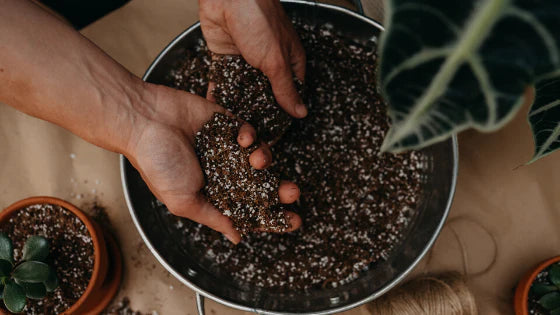905-892-5832
Hours: Mon-Sat 9am-5pm
Closed Sunday

How to tell if your soil is well draining
How to tell if your soil is well draining
A well-draining soil is essential for healthy plant growth because it allows excess water to drain away from the roots, keeping them from becoming waterlogged and deprived of oxygen.
Here are a few indicators that the soil is well-drained:
Water infiltration experiment: A water infiltration test is one way to see if the soil is well-drained. Make a 12-inch-deep hole and fill it with water. Allow the water to drain completely before refilling the hole. Time how long it takes for the water to completely drain. If it takes longer than 24 hours, the soil may not be draining properly.
Texture of the soil: The texture of the soil can also indicate whether it drains well. Sandy soils are generally well-draining due to their large particles, which allow water to flow freely through them. Clay soils, on the other hand, drain poorly due to small particles that can become compacted and prevent water from flowing through.
The amount of organic matter in the soil can also affect its drainage. Organic matter-rich soil, such as compost or leaf litter, drains better because it allows water to move more easily through the soil.
Plant growth: If the plants in the area are healthy and growing well, the soil is probably well-drained. However, if the plants are struggling or appear waterlogged, the soil may not be draining properly.
Overall, good drainage is essential for healthy plant growth. You can determine whether soil is well-draining by performing a water infiltration test, examining soil texture and organic matter content, and observing plant growth.

